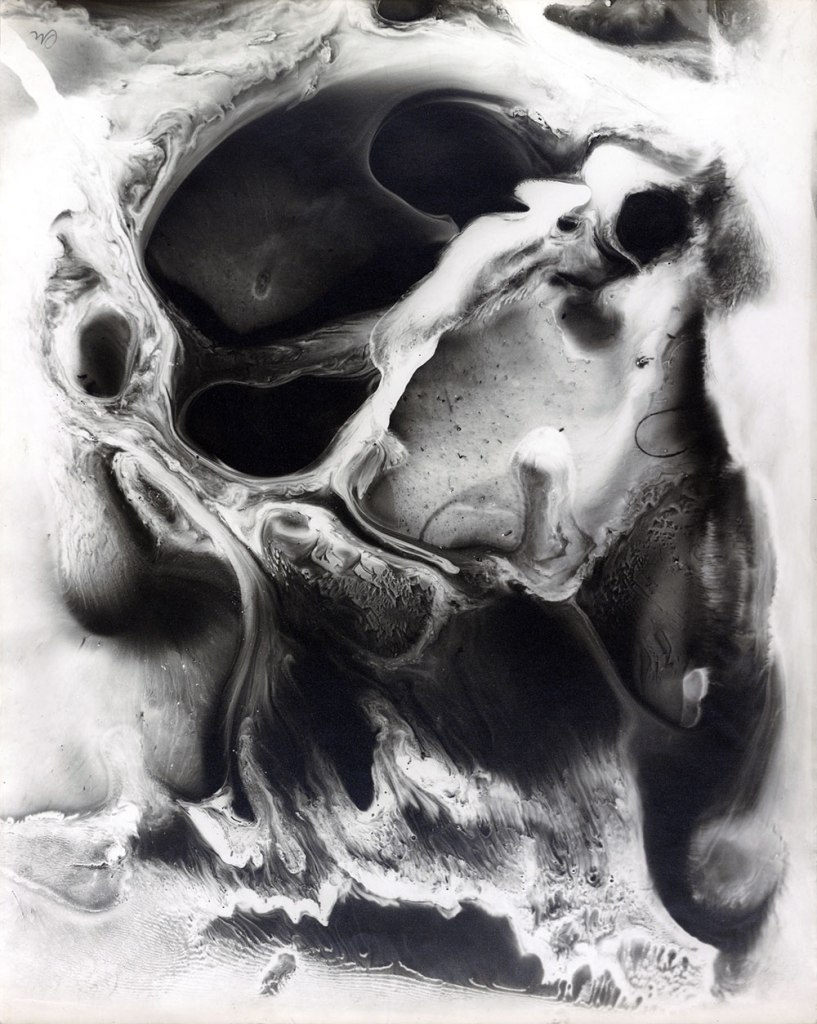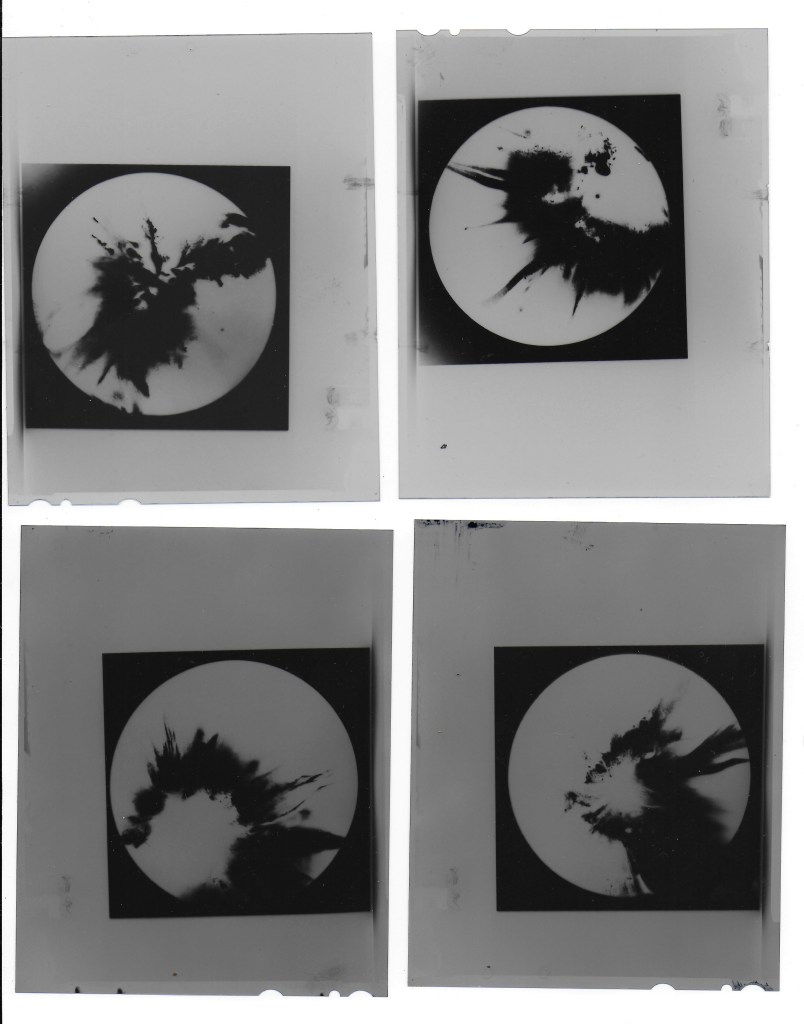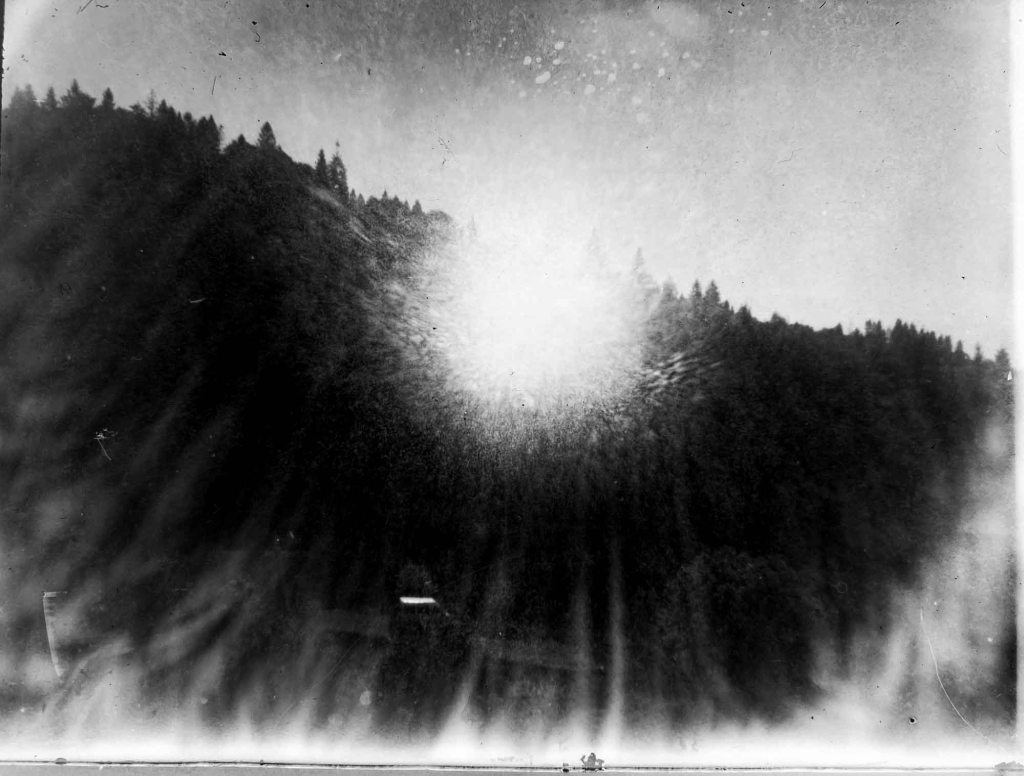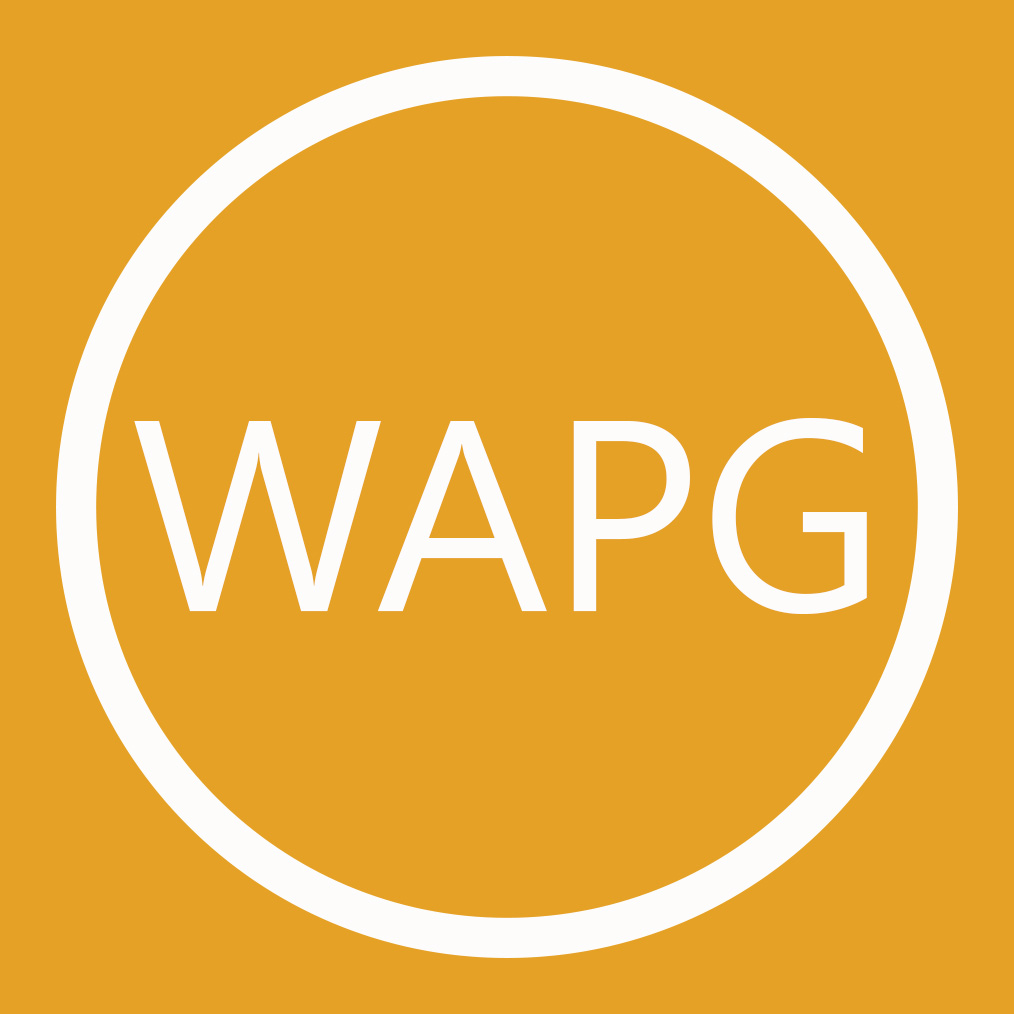25 January 2024
Interviewed by: Elizabeth Ransom
Using alternative photographic processes such as pinhole photography and chemigrams Masha Weisberg explores themes relating to Post Traumatic Stress Disorder (PTSD), migration, and home. Much of Weisberg works is inspired by her own lived experience and those of her friends drawing on personal stories as inspiration. As someone who has been directly affected by the Russian invasion of Ukraine in 2022, Weisberg creates powerful works of art that act as a visual call for awareness to keep the ongoing war in Ukraine a part of global discussion. Weisberg initiates important conversations about the lasting impact of war particularly pertaining to ongoing mental health issues caused by traumatic experiences.

The Sun by Masha Weisberg
Elizabeth Ransom: In your series The Sun you use a 4×5 pinhole camera and dry glass plates to create images of the sun. These images are taken in different parts of the world including Ukraine, Spain and Estonia. The sun motif is repeated in each of the photographs and acts as a symbol of stability in a life marked by movement. Can you tell us a little bit about what inspired this work and why you have chosen the sun to explore themes of migration and home?
Masha Weisberg: The beginning of The Sun series traces back to my time in Ukraine before the onset of the full-scale Russian invasion. It all began with the capture of the first glass plate during my stay in the Carpathian Mountains at the MC6 art residency. That place holds a special meaning for me, and initially I was trying to capture its surroundings that evoke a warm, homely feeling. Later on, this photograph served as a symbol for the start of a journey, necessitated by my emigration from my homeland.
Throughout my travels across different countries, I found myself continuously chasing that elusive sense of warmth and home. The sun emerged as a recurrent motif, a constant and universal element that transcends cultural and geographical boundaries. I intentionally chose the sun as a symbolic representation, because of its archetypal significance across various societies. Whether interpreted as a symbol of life, energy, rebirth, or as a metaphor for enlightenment and transcendence, the sun stands as a powerful archetype with universal resonance.
The series aims to emphasize that the concept of home goes beyond physical borders, resonating through shared experiences and connections that extend beyond the restrictions of a specific location. In this way, The Sun serves as a visual narrative that speaks to the universal human experience of seeking belonging and stability in a world marked by perpetual movement.

All Your White Light by Masha Weisberg
Elizabeth Ransom: Pinhole photography is one of the simplest and earliest tools for recording light which you combine with the use of a radio telescope in your project All Your White Light. Can you tell us a little bit about your process and how you use a radio telescope, dry glass plates and a 4×5 pinhole camera within your practice?
Masha Weisberg: While I didn’t physically employ a radio telescope in All Your White Light, my inspiration came from its operational principles. Following The Sun series, my research on the sun led me down the rabbit hole of radio telescopes. When observing the sun with a radio telescope, scientists captured radio waves that carried information about its temperature, magnetic fields, and other characteristics. Inspired by this approach, I appropriated the process for my practice with the intention of creating new meaning through the combination of existing photographs. I re-photographed existing dry plates and took additional exposures on 35mm film, after which I assembled these negatives like a puzzle using clear scotch tape, creating a singular 4×6 negative for the final print.

All Your White Light Negatives by Masha Weisberg
All Your White Light communicates the idea that individual perspectives, akin to the combination of radio waves, contribute to a more profound understanding of the world and our place in it. This piece serves as a visual metaphor for the collective nature of knowledge and the pursuit of a comprehensive worldview.

Soil by Masha Weisberg
Elizabeth Ransom: In your most recent body of work, you create explosive images encased in circular frames. These images represent the explosion of bombs and the ongoing war currently taking place in your home country of Ukraine. Can you tell us about how you created these images and why you chose this specific process to visualize the ongoing trauma?
Masha Weisberg: Doom scrolling in the constant stream of media displaying the aftermaths of missile strikes, I found myself stuck with survivor’s guilt, a sentiment compounded by my tendency to view these scenes as visual material references. This dual perspective, shaped by an artistic deformation and probably some type of coping mechanism, led me to seek a way of capturing the essence of soil explosions in a non-confrontational manner, adopting the viewpoint of a distant observer.

Chargesheimer Picturesque, 1949 The J. Paul Getty Museum, Los Angeles © Museum Ludwig, Cologne
My initial inspiration came from Pierre Cordier’s approach to cameraless photography, prioritizing the process of creation over the final image. Exploring chemigrams enabled me to enter a territory more similar to painting, crafting a unique visual language that I believe is unparalleled in other mediums. For this specific series, the abstract works of Chargesheimer were my main source of reference.
I used expired Foton Unibrom paper, experimented with different varnishes and tried various methods to splash and pour chemicals onto the paper until achieving a desired result. Afterwards, I re-photographed the chemigrams, digitally added a circular frame, projected the image on a wall, and re-photographed them once more using 4×5 film. This process allowed me to capture the proper black and white tones and achieve functional negatives which I’m planning to print on top of aluminium sheets in the future.
My intention was to craft an image where the nature of the explosion isn’t immediately apparent—a frozen moment in time, where the detonation had already taken place but its consequences were not yet revealed. Offering the viewer the opportunity to contemplate the resonance of the image within themselves.

Soil Negatives by Masha Weisberg
Elizabeth Ransom: This body of work explores the experience of Post Traumatic Stress Disorder (PTSD) particularly from the perspective of those impacted by war. A common experience of those suffering with PTSD is reoccurring dreams where the victim is stuck in the moment before the trauma takes place. Within your work you recreate this experience by visualizing the moment before an explosion. What inspired you to create work about this topic?
Masha Weisberg: As war became an undeniable reality in my life, my artistic focus naturally shifted towards researching its effects on the human psyche. The beginning of this project formed from vivid recollections my friends shared during the early stages of the war, describing recurring dreams that replayed the events of February 24, 2022 (the beginning of the full-scale invasion). Noticing this common thread of trauma-induced dreams, I’ve started looking deeper into the topic of traumatic experiences of individuals during the war’s onset, specifically highlighting the manner in which such trauma becomes embedded in our subconscious.
In the dreams of those with PTSD, they often repeatedly relive trauma, as the purpose of such dreams is to mentally place ourselves in a moment before the trauma occurred. This offers a sense of safety and predictability because anticipating a potential threat is less intense than suddenly facing it.
Traumas, by definition, are events that happen to you unexpectedly, and you can’t approach them cautiously. They occur abruptly, bringing up intense emotions in the moment.
With this project, I aim to highlight the ongoing challenges faced by Ukrainians and remind the viewer of the lasting impact of the war. Beyond visible destruction, the hidden scars of trauma persist, and will affect lives long after the conflict ends. By bringing attention to this, I hope to stress the significance of addressing mental health in the context of war and its aftermath.

Chemigram on 4×5 Glass Plate by Masha Weisberg
Elizabeth Ransom: How have you found your art practice has aided in your coming to terms with the atrocities taking place in your homeland? What role do you think art can play in healing from such traumas and do you believe alternative photographic processes can be used as a tool of resistance?
Masha Weisberg: Initially, like many artists, I felt a sense of shock and found art seemingly useless as a language. However, over time, I re-discovered its power as a tool for not only processing ongoing events but also for testifying against the many atrocities being committed. For me, art serves as a medium to talk about these events in a less confrontational manner compared to the sometimes overwhelming news and media. It provides breathing room and space for reflection, allowing individuals to engage with the information without feeling inundated. On a personal level, art has played a crucial role in my healing process by offering an outlet for expression. It acts as a container; a space where I can transform sensations, anxieties, and reflections to give them a new meaning. Through artistic expression I can communicate my feelings nonverbally, promoting a sense of empowerment, resilience, and healing.
I define art as a form of communication; a tool to send a message. In this context, alternative photographic processes contribute to my artistic statement by allowing the creation of a more abstract body of work. The element of surprise inherent in these processes aligns with the unpredictable nature of war, making the resulting artworks a collaborative process with the medium itself. I also find their handmade aesthetics appealing to me personally. With the historical roots of these processes dating back to the 19th century and World War I, for me they create a connection to that era.
Throughout my practice I hope to create a visual call for awareness to keep the Ukraine war in global discourse, promoting sustained empathy and support for those enduring its consequences.
For more information about Masha Weisberg’s work please visit her Instagram HERE

The Sun First Plate by Masha Weisberg

Leave a comment